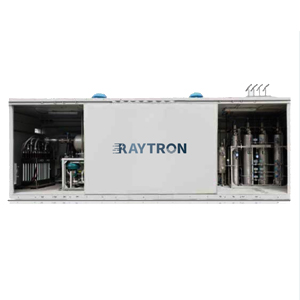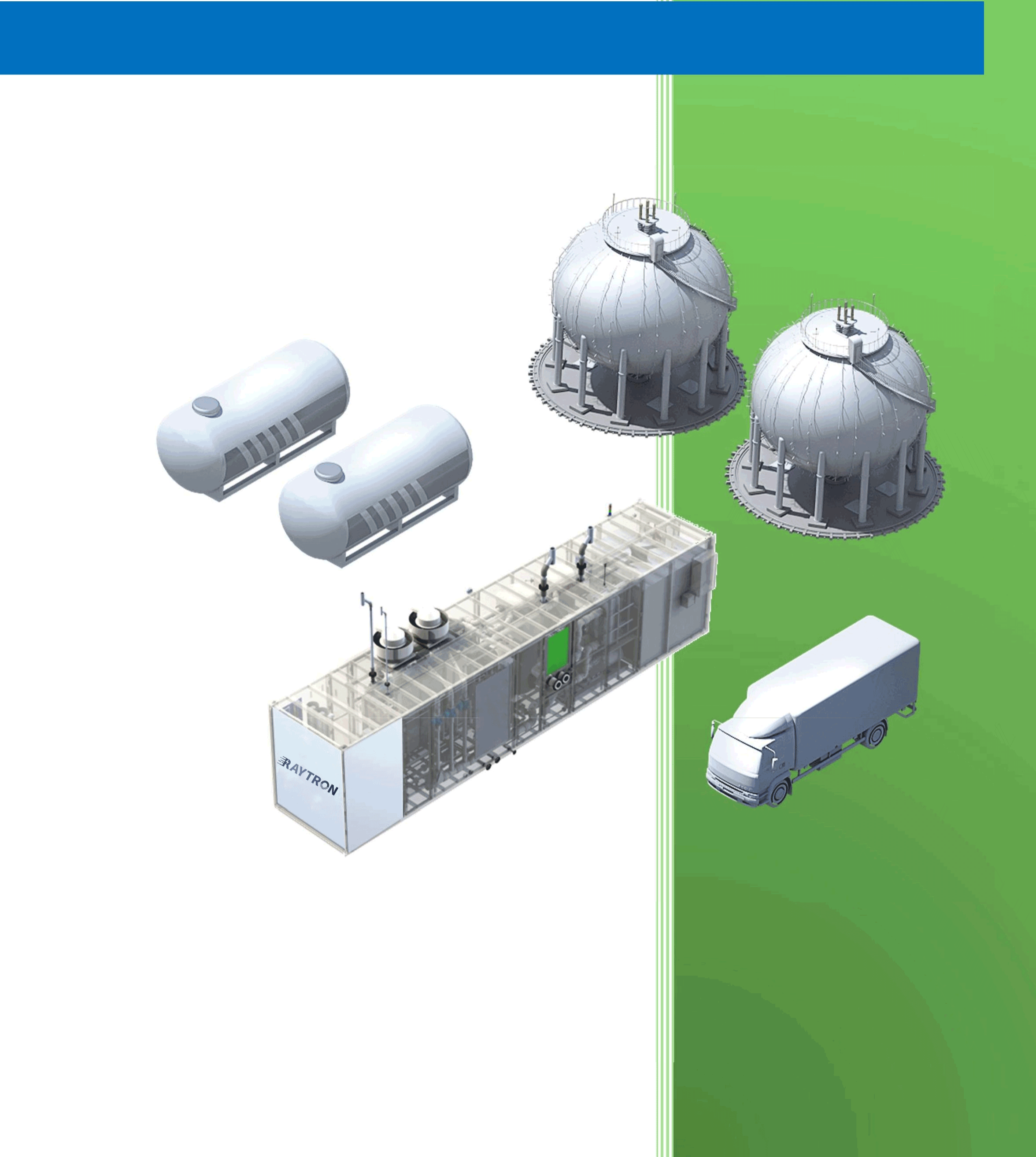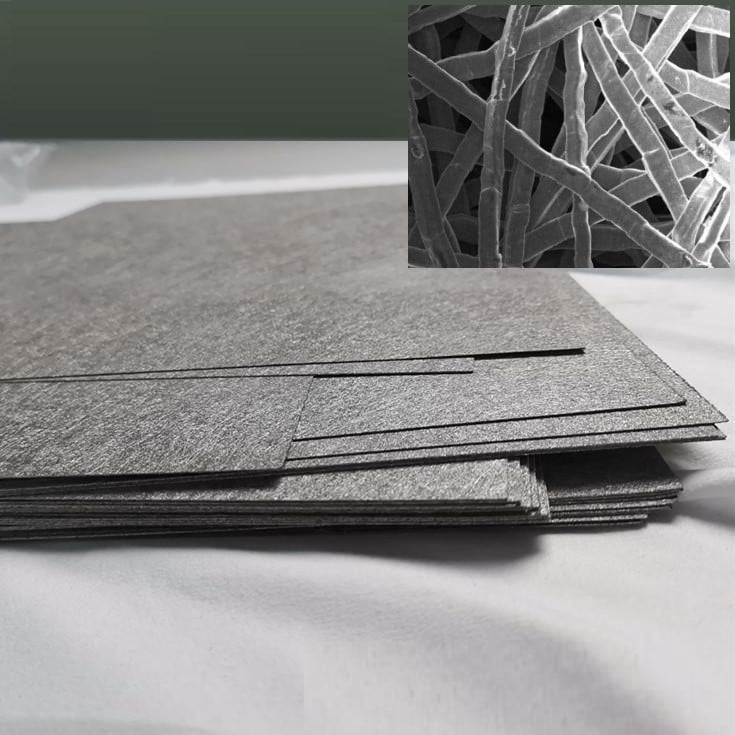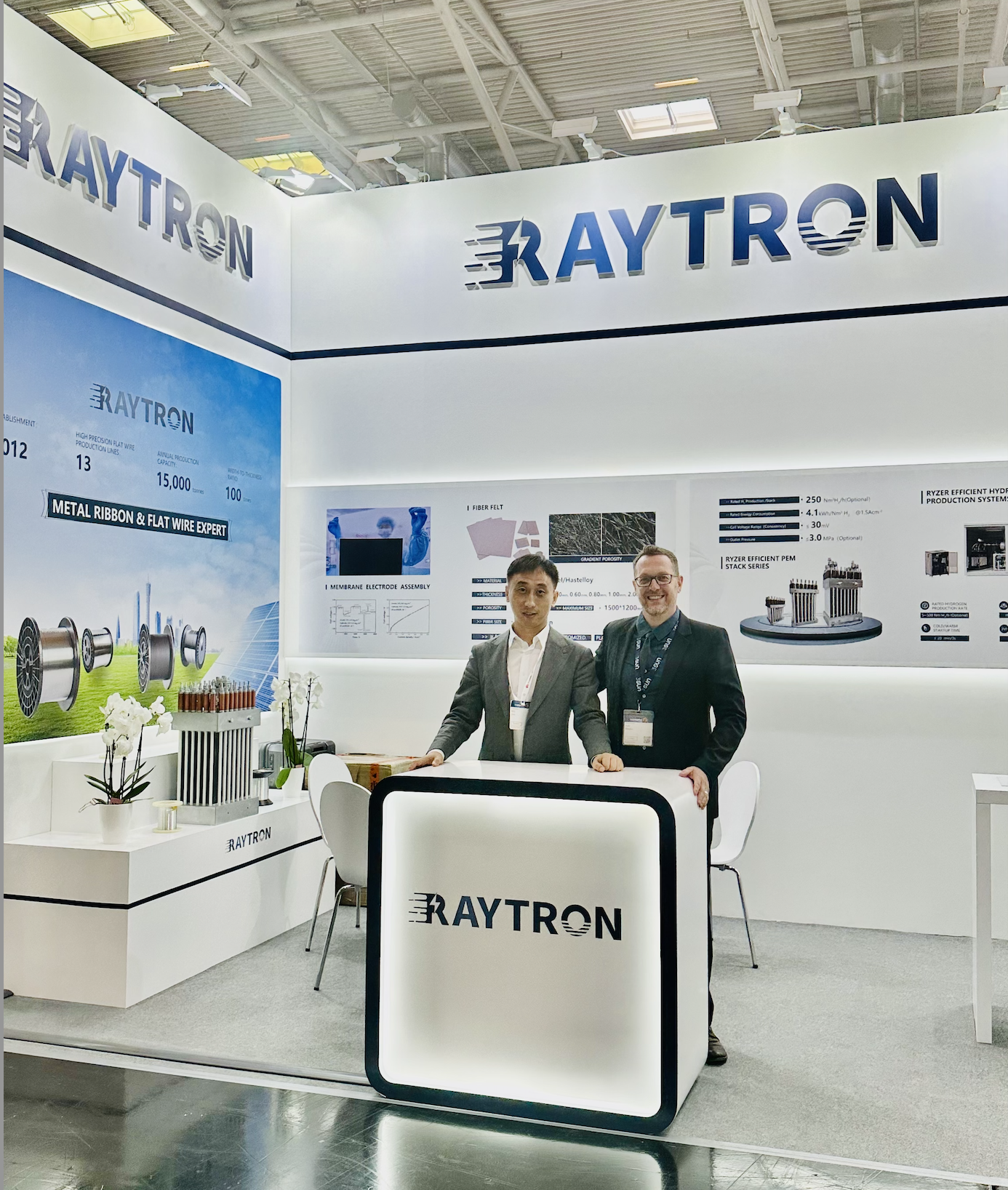1. Introduction: The Nuclear Advantage
Nuclear energy offers a unique proposition for hydrogen production – the ability to generate both electricity and high-temperature heat without carbon emissions. According to the OECD Nuclear Energy Agency, nuclear hydrogen could deliver hydrogen at 2.5−2.5−4.0/kg by 2030, competitive with green hydrogen in regions with limited renewables.
Three primary nuclear hydrogen pathways have emerged:
- Low-Temperature Electrolysis (Using nuclear electricity)
- High-Temperature Electrolysis (Utilizing waste heat)
- Thermochemical Cycles (Direct heat conversion)
2. Technology Breakdown
2.1 Low-Temperature Electrolysis
Process Characteristics:
- Uses conventional PEM or alkaline electrolyzers
- Nuclear plants provide baseload electricity (90% capacity factor vs 35-50% for renewables)
- 45-55 kWh/kg energy requirement
Case Study:
- Davis-Besse Nuclear Station (Ohio, USA):
- 1.25 MW electrolyzer installation (2023)
- 1.5 tons/day hydrogen output
- First-of-its-kind nuclear-hydrogen hybrid
2.2 High-Temperature Electrolysis (HTE)
Solid Oxide Electrolyzer Cells (SOEC):
- Operates at 700-850°C
- 30% more efficient than low-temperature systems
- 39 kWh/kg theoretical minimum
Performance Data:
| Parameter | Value |
|---|---|
| Current density | 0.5-1.0 A/cm² |
| Degradation rate | <1%/1000 hours |
| Stack lifetime | 30,000-50,000 hours |
Demonstration Projects:
- Japan’s HTGR Project: 850°C helium-cooled reactor coupling
- Idaho National Lab: 2.5 MW SOEC test facility
2.3 Thermochemical Cycles
Sulfur-Iodine (S-I) Cycle:
- Bunsen Reaction:
I₂ + SO₂ + 2H₂O → 2HI + H₂SO₄ (120°C) - Acid Decomposition:
H₂SO₄ → SO₂ + H₂O + ½O₂ (850°C)
HI → ½H₂ + ½I₂ (450°C)
Efficiency Comparison:
| Method | Efficiency | TRL* |
|---|---|---|
| Low-Temp Electrolysis | 30-35% | 9 |
| HTE | 45-50% | 6 |
| S-I Cycle | 40-45% | 4 |
| Hybrid Sulfur | 42-47% | 5 |
*Technology Readiness Level
3. Reactor Compatibility
3.1 Light Water Reactors (LWRs)
- Existing fleet adaptation
- 300-320°C outlet temperature
- Limited to low-temperature electrolysis
3.2 High-Temperature Gas Reactors (HTGRs)
- 750-950°C coolant temperatures
- Enables thermochemical processes
- X-energy Xe-100: 80 MW design specifically for hydrogen co-generation
3.3 Molten Salt Reactors (MSRs)
- 700-800°C operating range
- Fluoride salt heat transfer
- Terrestrial Energy’s IMSR for industrial heat applications
4. Economic Analysis
4.1 Cost Components
| Cost Factor | LWR ($/kg) | HTGR ($/kg) |
|---|---|---|
| Nuclear electricity | 1.10 | 0.90 |
| Electrolyzer | 0.80 | 0.60 |
| Heat utilization | – | 0.30 |
| Total | 1.90 | 1.80 |
*Assumes $60/MWh nuclear electricity cost
4.2 Scale Advantages
- 1 GW nuclear plant can produce:
- 150,000 tons H₂/yr via electrolysis
- 200,000 tons H₂/yr via thermochemical
5. Safety and Regulation
5.1 Tritium Management
- Potential tritium migration in high-temperature systems
- Double-wall heat exchangers reduce risk to <1% release
5.2 Licensing Framework
- NRC Part 50 vs. Part 52 certification
- IAEA’s Hydrogen Production Safety Standards (NP-T-4.5)
6. Global Projects
| Project | Country | Technology | Output |
|---|---|---|---|
| Atomflot | Russia | Floating nuclear-PEM | 5,000 t/yr |
| JAEA HTTR | Japan | HTGR-SI Cycle | 10,000 Nm³/h |
| Hyundai NPP | S. Korea | APR1400 electrolysis | 1.1 GW hybrid |
7. Challenges
7.1 Public Perception
- 42% public opposition in EU surveys
- “Pink hydrogen” branding strategies
7.2 Heat Transport
- Advanced heat pipes under development
- Helium vs. molten salt heat transfer comparisons
8. Future Outlook
The U.S. Department of Energy targets nuclear hydrogen at <$2/kg by 2035 through:
- Advanced reactor deployments
- Thermal energy storage integration
- Hybrid nuclear-renewable systems
9. Conclusion
Nuclear hydrogen presents a compelling zero-carbon solution, particularly for industrial clusters requiring reliable, large-scale supply. While thermochemical cycles remain in development, nuclear-powered electrolysis is deployable today, offering a 90% emissions reduction compared to SMR. The coming decade will see first commercial-scale nuclear hydrogen plants operational in North America and East Asia.









